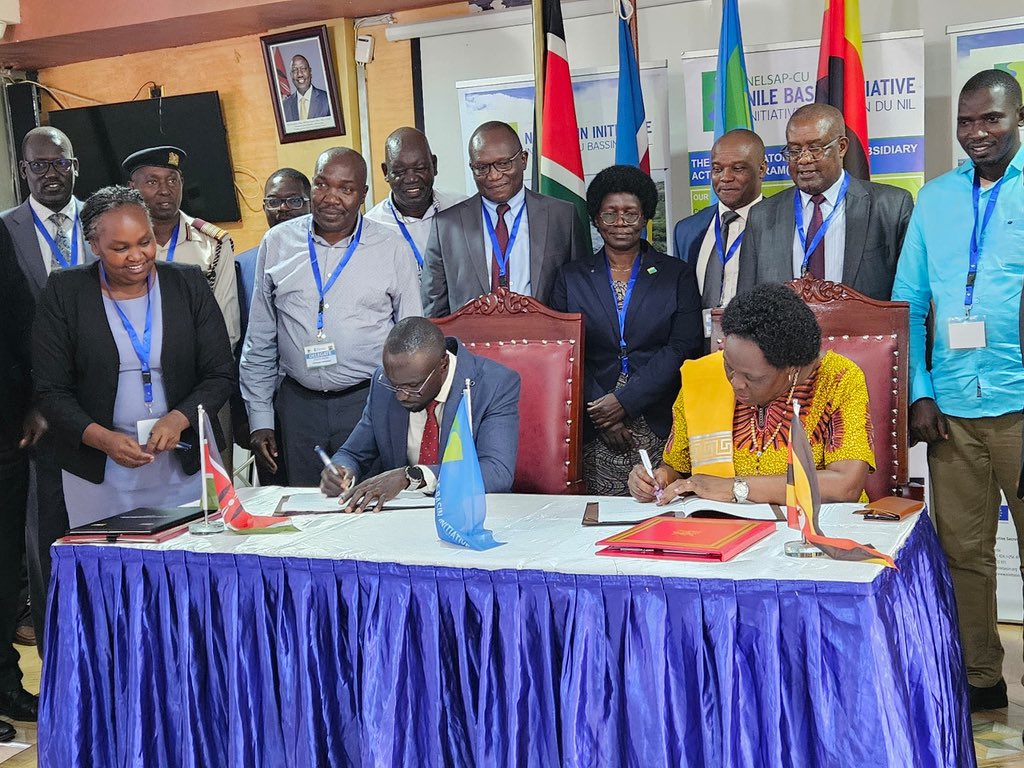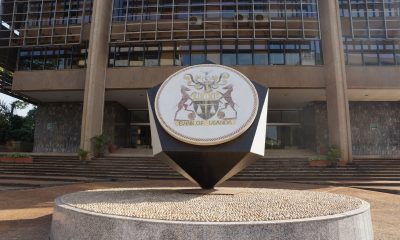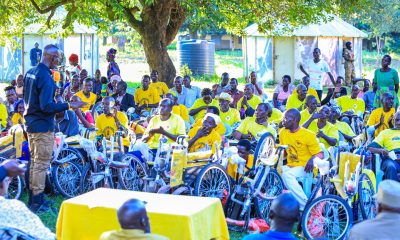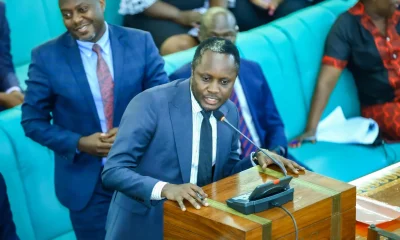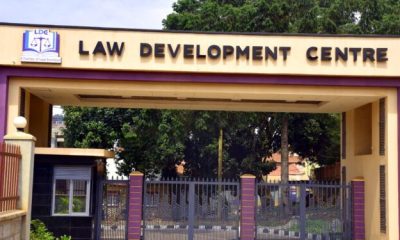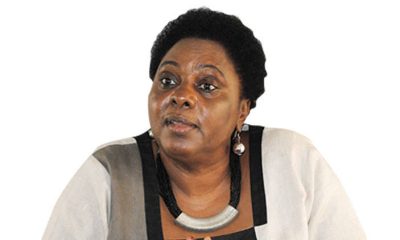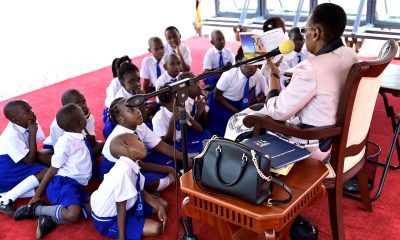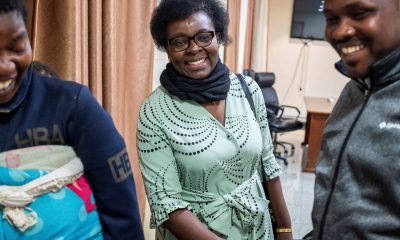News
Uganda, Kenya launches implementation of 137 million Dollars Transboundary Water Resources Project.
Over 300,000 people in Tororo, Namisindwa, and Manafwa Districts in Uganda and Busia and Bungoma Counties in Kenya, are set to directly benefit from the implementation of the Angololo Water Resources Development Project worth 137 million US Dollars.
This was revealed as the Governments of Kenya and Uganda, in collaboration with the Nile Basin Initiative, launched the implementation phase of the Angololo Water Resources Development Project aimed at enhancing food security, energy access, and regional integration.
The Project was first identified in 2010 by the two countries through the Sio Malaba Malakisi (SMM) River Basin Management Project, with a clear goal of promoting modernized irrigated agriculture.
With grant support from Sweden and Norway, NELSAP undertook initial pre-feasibility studies which formed the foundation for the project’s inclusion in the African Development Bank (AfDB) Indicative Operations Pipeline in 2018.
Now, with the groundwork complete, Kenya and Uganda are moving forward with joint implementation under the framework of the Nile Basin Initiative, with NELSAP continuing to provide technical coordination and oversight.
According to a statement released by the Nile Basin Initiative(NBI) secretariat, the Angololo project designed to transform lives across the shared Sio-Malaba-Malakisi River sub-basin offers a 40-meter-high composite dam with 31.6 million cubic meters storage capacity, a 1.3 MW mini-hydropower plant to boost rural electrification.

Kenya’s Cabinet Secretary for Water, Sanitation and Irrigation, Eng. Erick Muriithi (L) with Hon. Anywar Beatrice Atim (R) after signing the bilateral agreement between Kenya and Uganda
The project includes restoration of 30% of the 447 km² degraded watershed upstream of the dam, while a fisheries and aquaculture program will support food security and local enterprise
And furthermore it caters for Flood control infrastructure to protect farmland and homes downstream.
Dr. Isaac Alukwe, Regional Coordinator NELSAP said this project is not just about infrastructure; it’s about people.
“It will empower communities, unlock economic potential, and build resilience in the face of climate and development challenges.”-Dr. Alukwe
He said that with this reliable electricity and water supply, schools, health centres, and businesses will benefit to a great extent, unlocking new potential for community development.
The project’s multi-sectoral approach will lead to improved food security, public health, job creation, and resilience to climate change, with special attention to vulnerable groups such as women, youth, and people with disabilities.
Farmers are expected to benefit from access to irrigated land, improved yields, and reduced dependence on unpredictable rainfall since the project includes a 4,000-hectare irrigation scheme for year-round farming, plus a domestic and livestock water supply network to serve over 270,000 people
Comments



